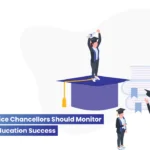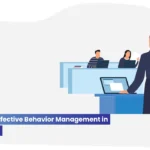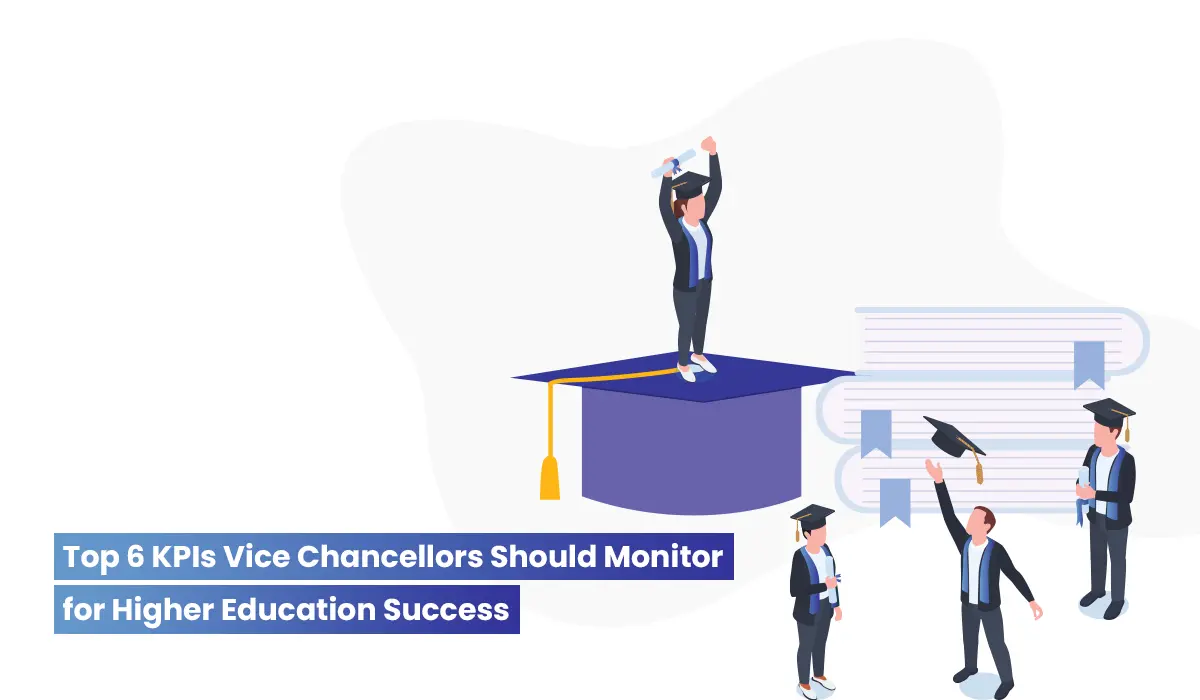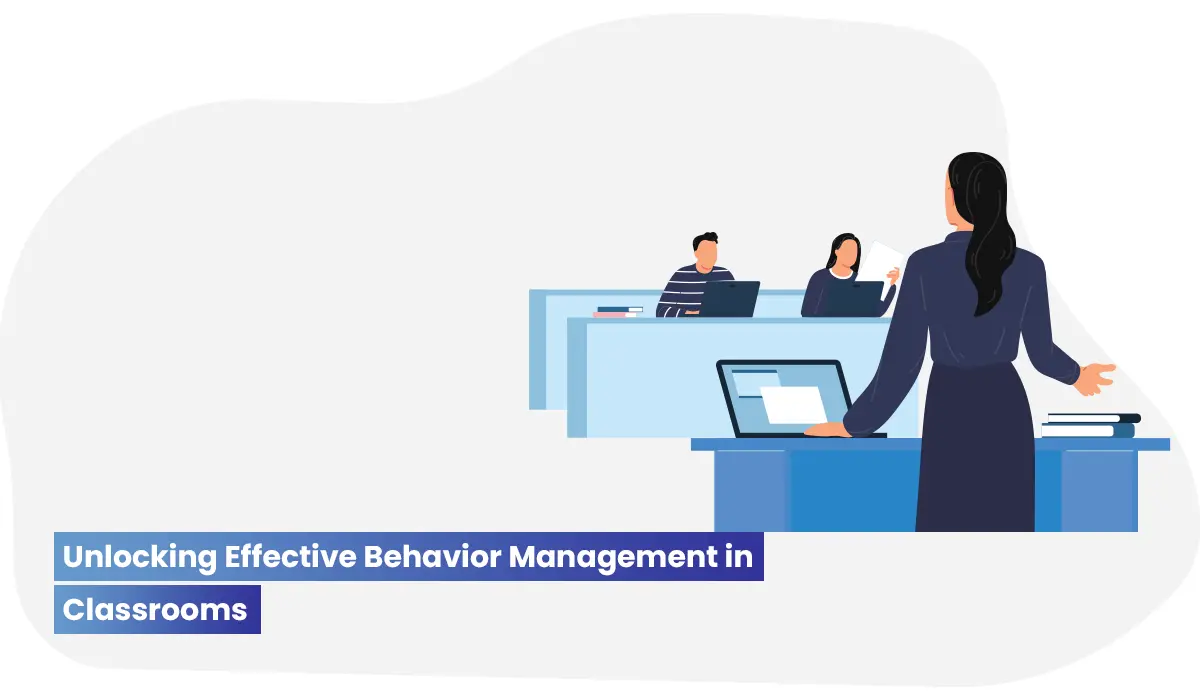Student retention continues to be a dual source of hope and distress for higher ed leaders. In recent months, 35% of surveyed college students say they’ve considered leaving their program, Gallup reports. Traditionally, colleges and universities have implemented fragmented approaches to student success — compartmentalizing academic, financial and social support initiatives. The reality is far more interconnected, with many variables playing into students’ decision to stay or leave an institution. Recognizing that, many institutions are updating their retention strategies to reflect the interwoven nature of student life.
Survey says: Many variables play into student attrition
In a joint survey with Higher Ed Dive’s studioID, TouchNet asked 150 higher ed leaders across the United States and Canada about which student experiences they track, prioritize or deem effective in student retention. The goal of the survey was to identify opportunities to boost retention and counter factors that often precede students’ decision to leave.
When asked which factors have a “significant impact” on students’ decision to leave before completing their degree, survey respondents pointed to emotional/mental stress (43%), financial hardship (41%), job or family responsibilities (31%) and perceived lack of support from the institution (29%), among others. Other elements like technology obstacles, inconsistent campus experiences, limited use of campus services, and lack of diversity and inclusion also ranked as having “moderate” or “significant” impact on students’ decision to leave.
Sparking a chain reaction: How one point of failure can sway student perceptions
In all, the TouchNet survey findings reflect a growing realization among higher ed leaders: From money matters to mental health, grades and more, student experiences are cumulative and interconnected, all working together to shape perceptions and decisions about their higher ed journey.
As one survey respondent explained it, if you can’t pay tuition on time, your grades might slip, you might skip campus events, dining credits go unused, and anxiety might taint all other campus experiences. Helping students manage various facets of their higher ed journey is really a “kitchen sink enterprise,” echoed another leader in an interview with Inside Higher Ed. Without proactive intervention, one point of failure can trigger the next, collapsing onto other experiences and eroding student sentiment about the organization.
Identifying your campus-specific attrition triggers
Increasingly, higher ed leaders are leaning on student behavior and transaction trends data to uncover retention threats and opportunities.
Take the University of California, Irvine, for instance. As reported in Inside Higher Ed, leaders at the university found that among students who didn’t graduate, an overwhelming trend was that none of them changed their major — a sharp contrast to the behavior of thriving students. With this insight into what was hindering their students, university leaders changed their campus policy and resources to better support student success.
UC Irvine isn’t an isolated example. Twice as many higher ed leaders report using data to guide business, financial and operational decisions in 2024, compared to a 2022 TouchNet survey. Similarly, survey respondents say they are compiling or reviewing more data now than a year ago, including trending student behaviors, health services usage, and financial data, among others.
To access that data, many institutions leverage one ubiquitous technology tool that touches all aspects of student life: the campus ID system.
“We’re seeing higher ed leaders say: ‘Wow, the campus credential can do other things we didn’t expect it to do,” says Dawn Thomas, chief executive officer of the National Association of Campus Card Users (NACCU). “The student ID touches every area of campus, whether it’s dining, attending an event, swiping to access a building or make a payment. All of that data reveals trends. You have the opportunity to really impact experiences and the bottom line.”
Uncovering your retention magnifiers
Opportunities to retain more students might be hiding in plain sight as a treasure trove of data is routinely captured by existing technology systems on campus. “By unifying and sharing visibility into that data, institutions make it possible for academic and administrative teams, which historically operated in silos, to work collaboratively to engage at-risk students,” Heather Richmond, vice president of marketing for TouchNet, notes.
Data strategies don’t have to be all-or-nothing, Richmond adds. Rather, institutions can start small, experiment, refine and expand data uses over time. As a starting point, leaders can identify new data experiments by focusing on specific, real problems they need to solve, or areas that receive frequent inquiries or support requests from students. Looking ahead, unified student data can illuminate your best next steps in a hazy higher ed landscape, with unmatched accuracy.
How are your peers using data to increase retention? Access the full survey report for more insights.
#Retention #ripples #campus #experiences #interconnect #drive #derail #retention










